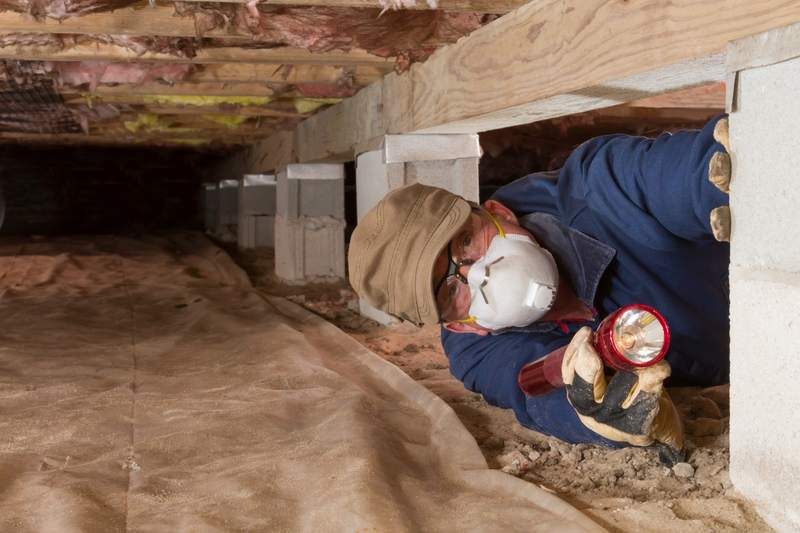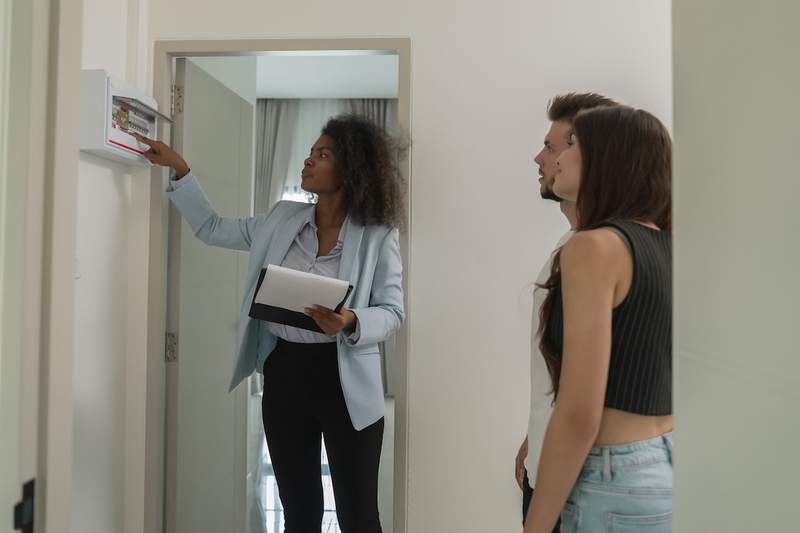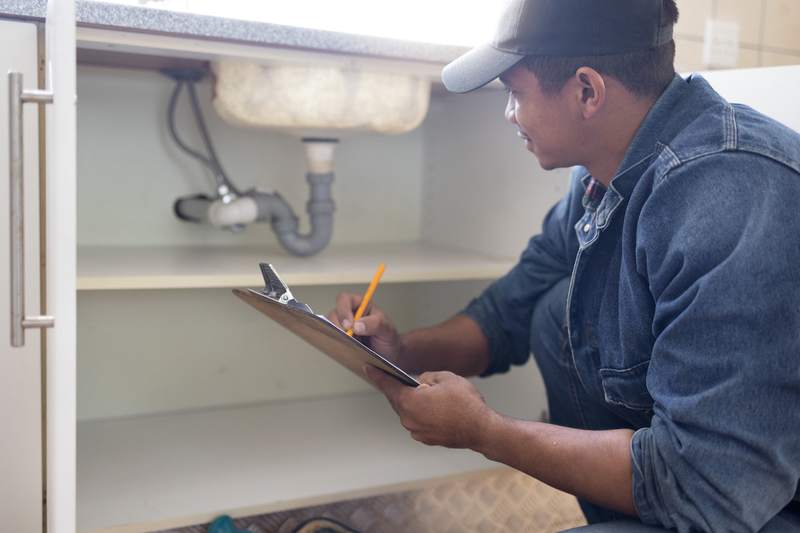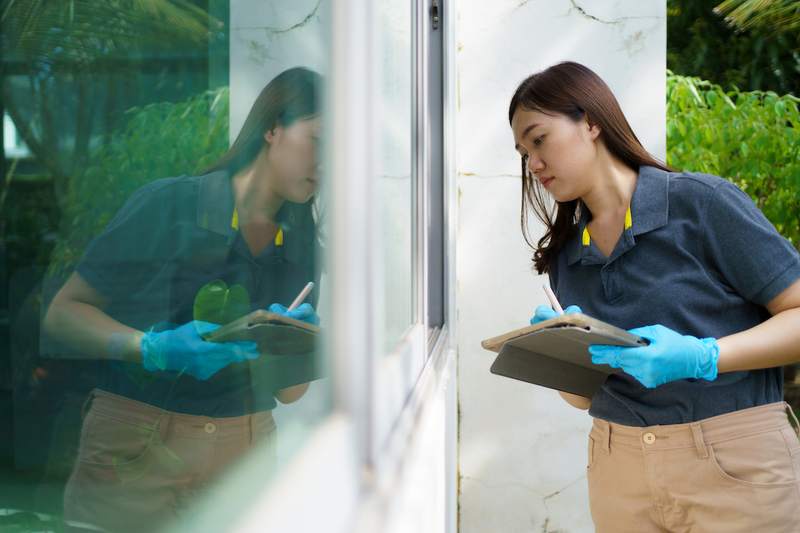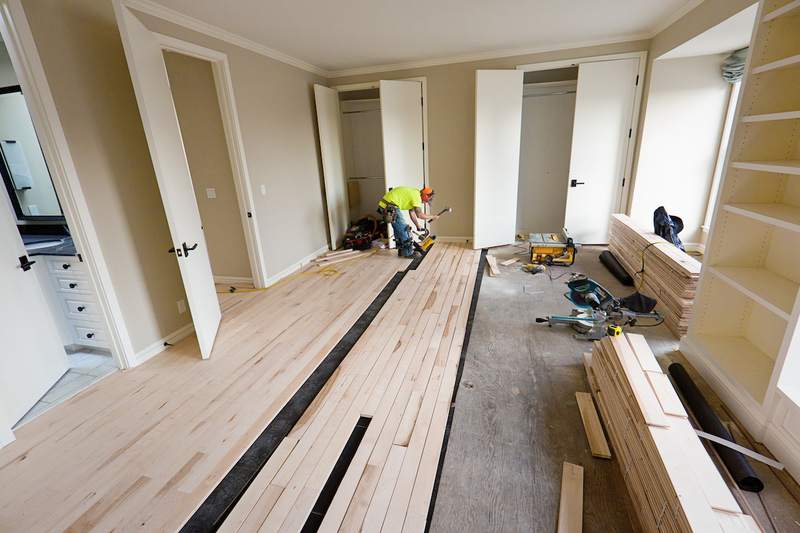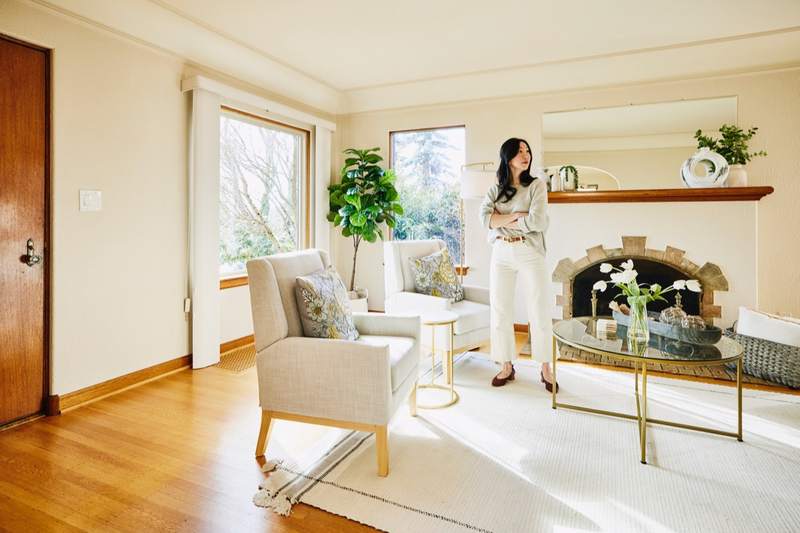
White boxing is a trend in real estate that has to do with how homes are presented to prospective buyers at open houses. It’s the approach of emptying a home so that buyers can see it as a blank canvas. Instead of dressing up the home with furniture to make it look appealing, white boxing removes everything — sometimes even trim, floorboards, and cabinets.
The idea is that buyers can start from scratch and design the home to fit their personal taste. White boxing tends to be more common in expensive luxury markets where buyers want the focus to be on the home’s size, location, and floor plan.
If you’re looking to buy a home, you’ll want to get familiar with white boxing, so you know what to expect.
Pros and Cons of Buying a White-Boxed Property
A white-boxed property comes with both advantages and disadvantages.
Pros of white boxing
- The house is designer-ready. A white-boxed home is ready to be designed according to your personal taste. You’ll have the chance to pick out new styles and begin renovations that can increase the value of the home. If the seller has already stripped the floorboards and removed the paint, then you can get started right away.
- White boxing can save money. White boxing can help buyers save money when the seller has already covered the cost of removing unwanted features from the home. For example, ripping out floors can cost $400 to $1,100 per room.
- A white-boxed home highlights unique features. Seeing the home emptied out can accentuate some of its major selling points — like great views or impressive architecture.
- There’s more transparency. Furniture and decor can be strategically placed to cover up unattractive areas. When a house is white boxed, you get a bare-bones look at each room, as well as a better sense of how much space you have to work with.
Cons of white boxing
- The move-in date is tentative. A white-boxed home may have its floors and cabinets torn out. This means you might need to complete renovations before you’re able to move in, which can take an average of 2.5 to 4.7 months. In the meantime, you’ll need another place to live.
- There might be extra costs to finish the home. In some cases, a white-boxed home is just an empty home. But if cabinets and floors have been removed, then you’ll have to cover the costs of finishing the home. The median cost of a home renovation project is $18,000.
- A white-boxed home might not comply with loan requirements. Many mortgage lenders require the home to be in safe, livable condition. This is especially true for Veterans Affair loans and Federal Housing Administration loans. So, if the floors are missing, it could jeopardize your ability to get financing right away.
What Kind of Properties Are White Boxed?
White boxing can make more sense for certain types of properties, such as:
- High-end properties. Buyers who have the funds to purchase a more expensive home often intend on redesigning it to their liking. If the home has been white boxed, it saves them time and money from preparing the property for renovation.
- Homes with unique features. If the home has interesting architecture or stunning views, white boxing can help highlight those qualities.
- Deteriorating properties. If a home is in rough condition, white boxing can provide full disclosure. It doesn’t make sense to cover up major flaws that the home inspection will reveal anyway.
White Boxing FAQ
Here are the answers to some frequently asked questions about white boxing.






